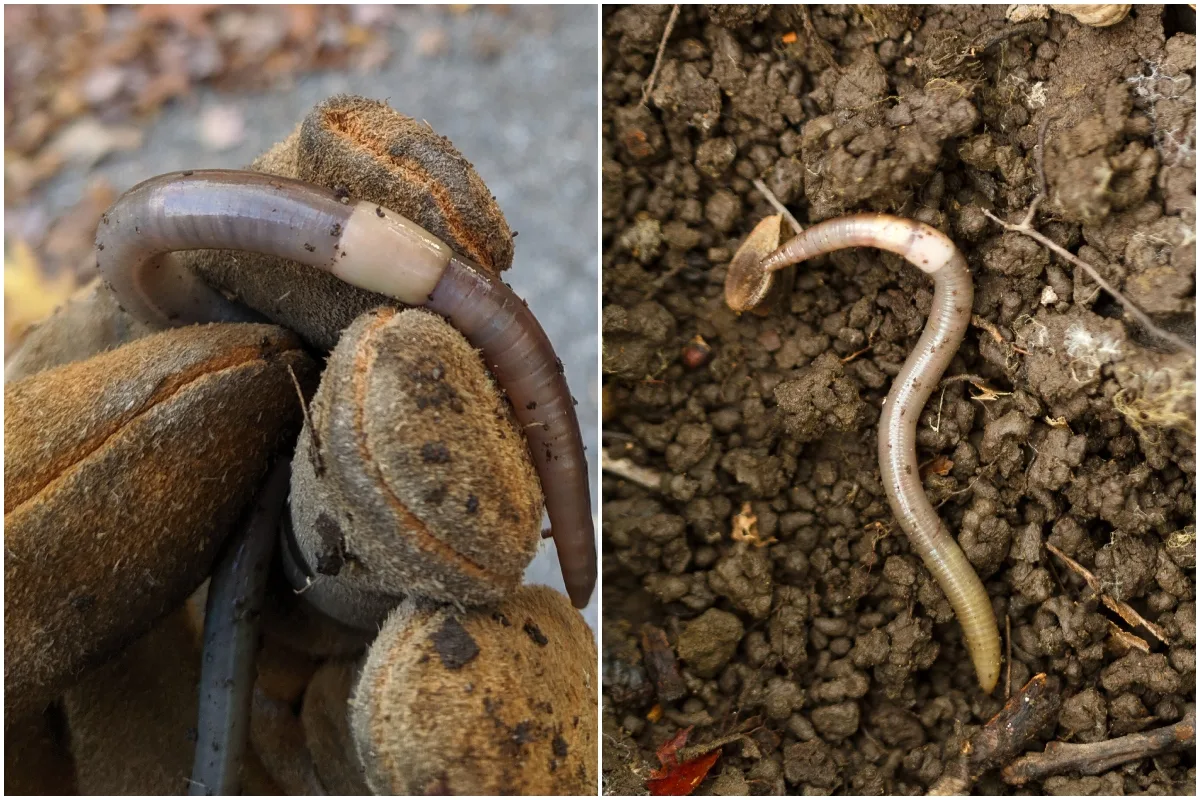
Earthworms are among the most beloved residents in the home garden.
Tireless in their quest to tunnel, feed, and poop, worms are amazing for aerating the soil, breaking down organic matter, and dispersing nutrients via their castings.
Nightcrawlers and red wigglers are two of the worms you’re most like to see burrowing through the dirt, working over your compost, and processing your leaf mold.
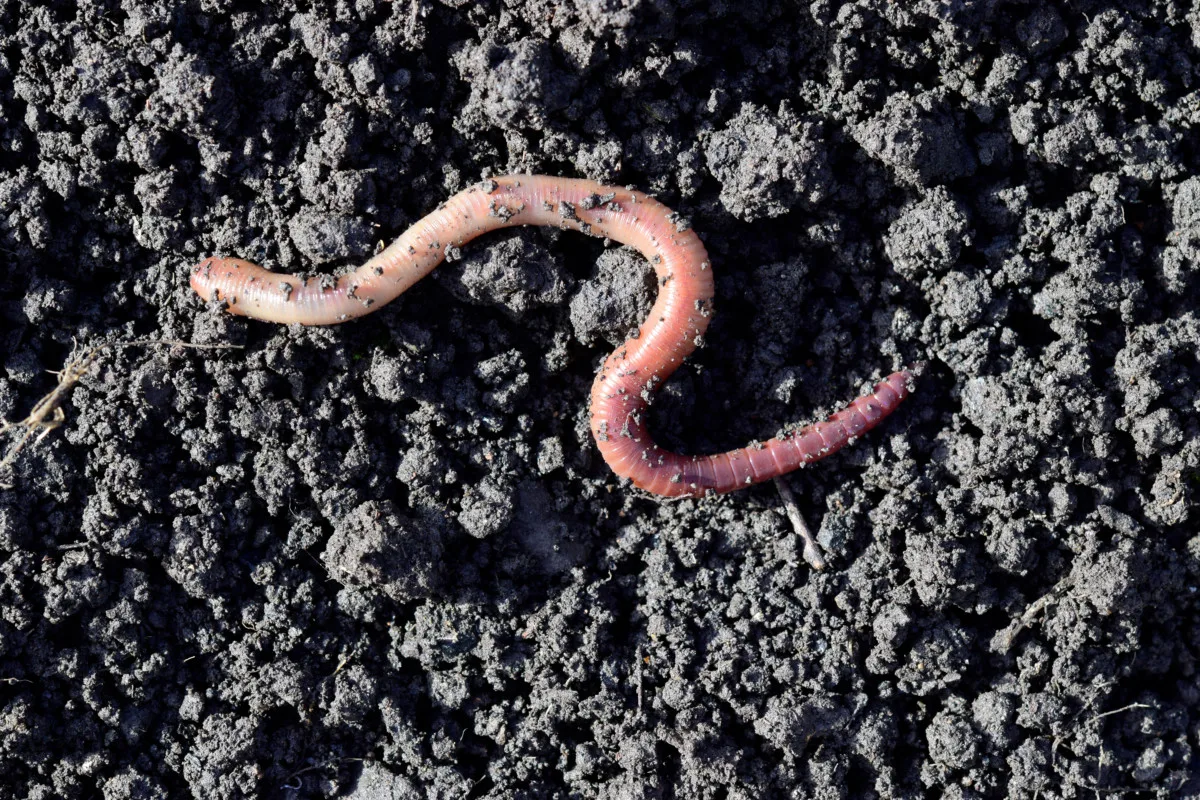
It’s way too easy to take our beneficial backyard worms for granted. All worms all sort of look the same – ranging from pinkish to brownish to reddish in color, with long segmented bodies. We see them and assume they’re doing good things for the soil.
But nowadays, that’s not always the case.
This is a PSA for all gardening enthusiasts – there’s a family of worms you need to watch out for: the invasive jumping worm.
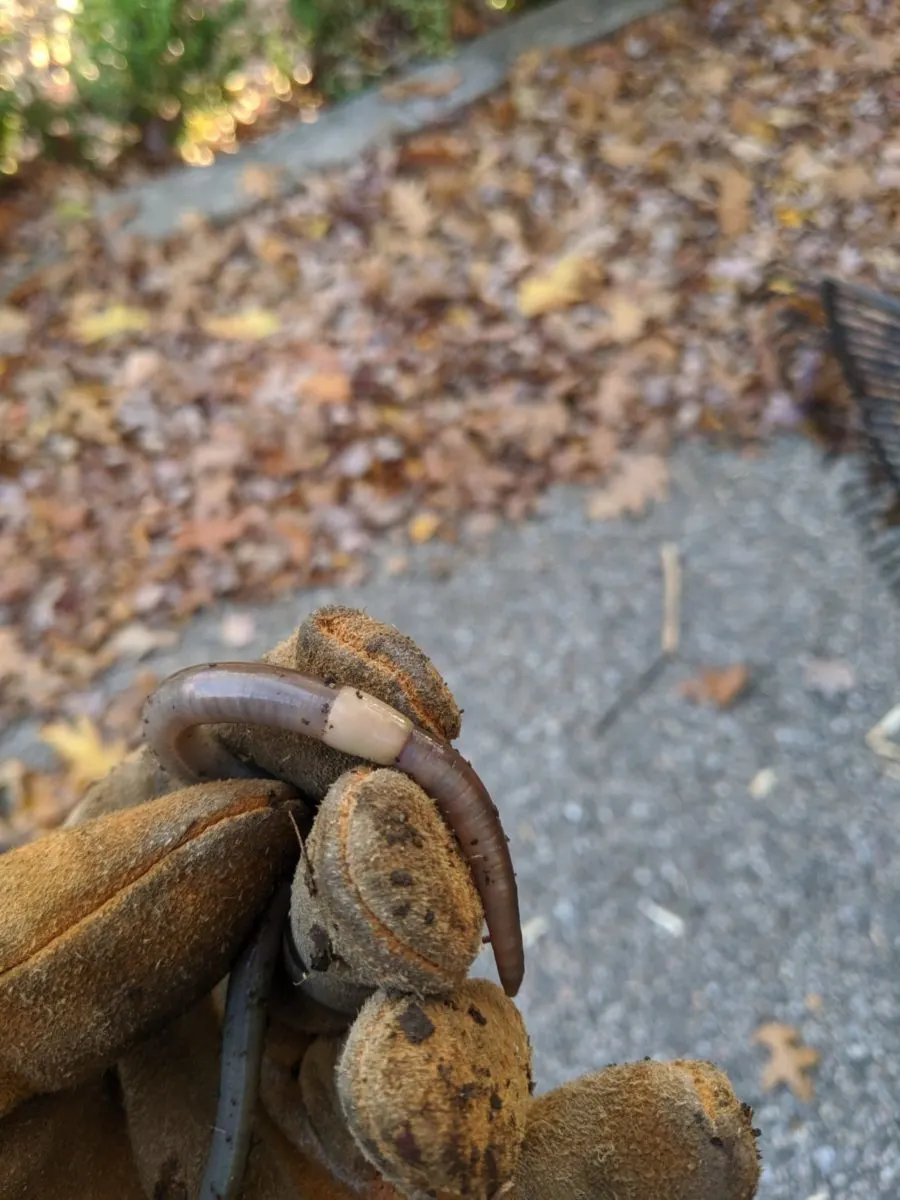
The jumping worm has been steadily making its way across North America. First observed here in 1866, the spread of Asian jumping worms has increased rapidly the last couple years.
Initially a scourge in the Northeast and Midwest, now they’ve been spotted in at least 34 states. Jumping worms have been found as far south as Florida and west as Oregon.
Jumping worms are no friend to the gardener, and certainly not the ecosystem at large. Instead of improving soil structure and fertility like our good guy earthworms do, jumping worms degrade and damage topsoil to such an extent that plants fail to thrive.
What are Jumping Worms?
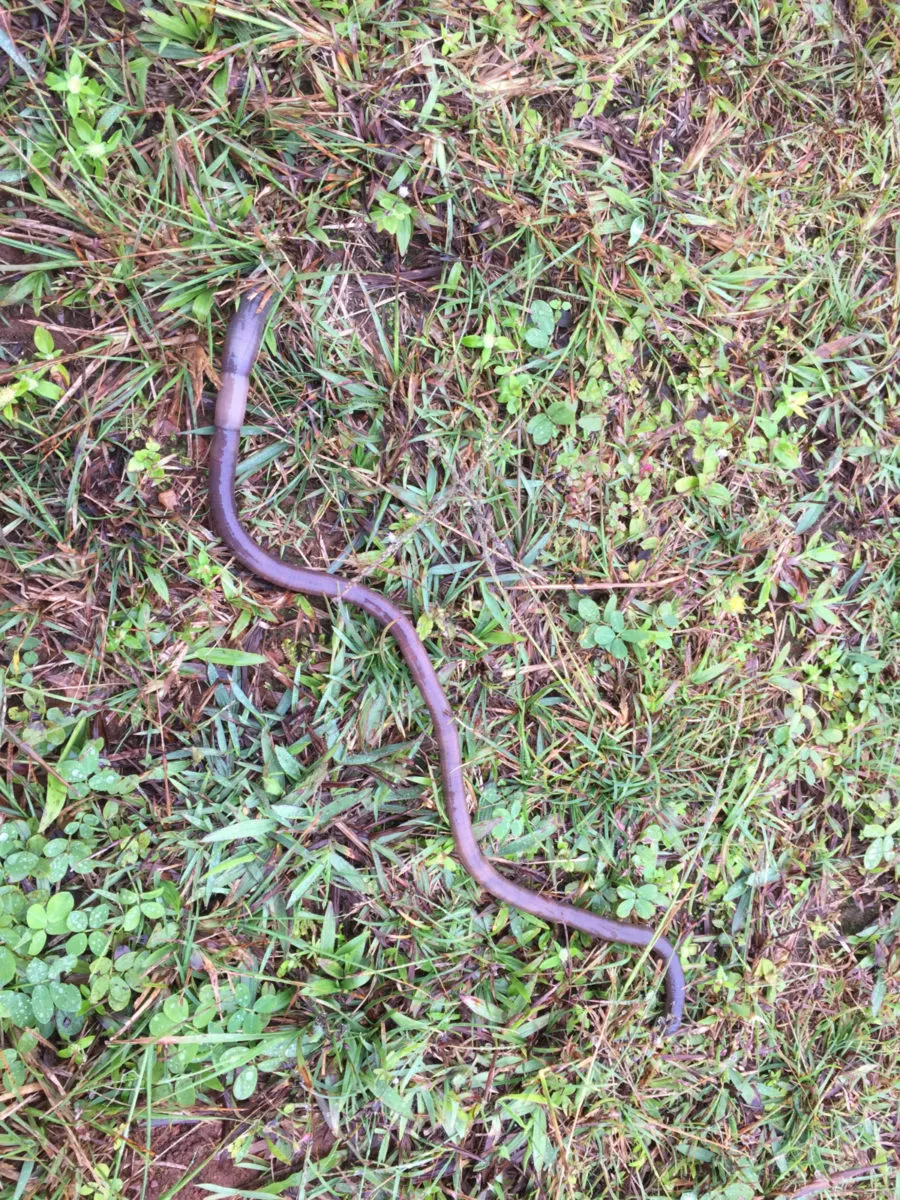
There’s three species in the Megascolecidae worm family you need to watch out for, Amynthas agrestis, Amynthas tokioensis, and Metaphire hilgendorfi.
Jumping worms are sometimes referred to as crazy worms or snake worms. On the surface, they look like any old worm. But as soon as they are disturbed, all of them share the same hard-to-miss trait.
Instead of inching forward like a common earthworm would, jumping worms wag their bodies back and forth like a snake.
Pick up an earthworm and it’ll more or less hang there like a wet noodle. Jumping worms, on the other hand, will flail and thrash about quite violently when handled:
Watching how your worms move is the easiest way to identify jumping worms, but there are other tells.
Jumping worms are a darker grayish brown and become iridescent in the sunlight. Your friendly backyard earthworm is typically much paler and pinkish by contrast.
Every worm has a raised band around their bodies – the clitellum – that holds the egg cocoons. In common earthworms, the clitellum is the same color as the rest of the worm, is swollen on one side, and sits on the body like a saddle.
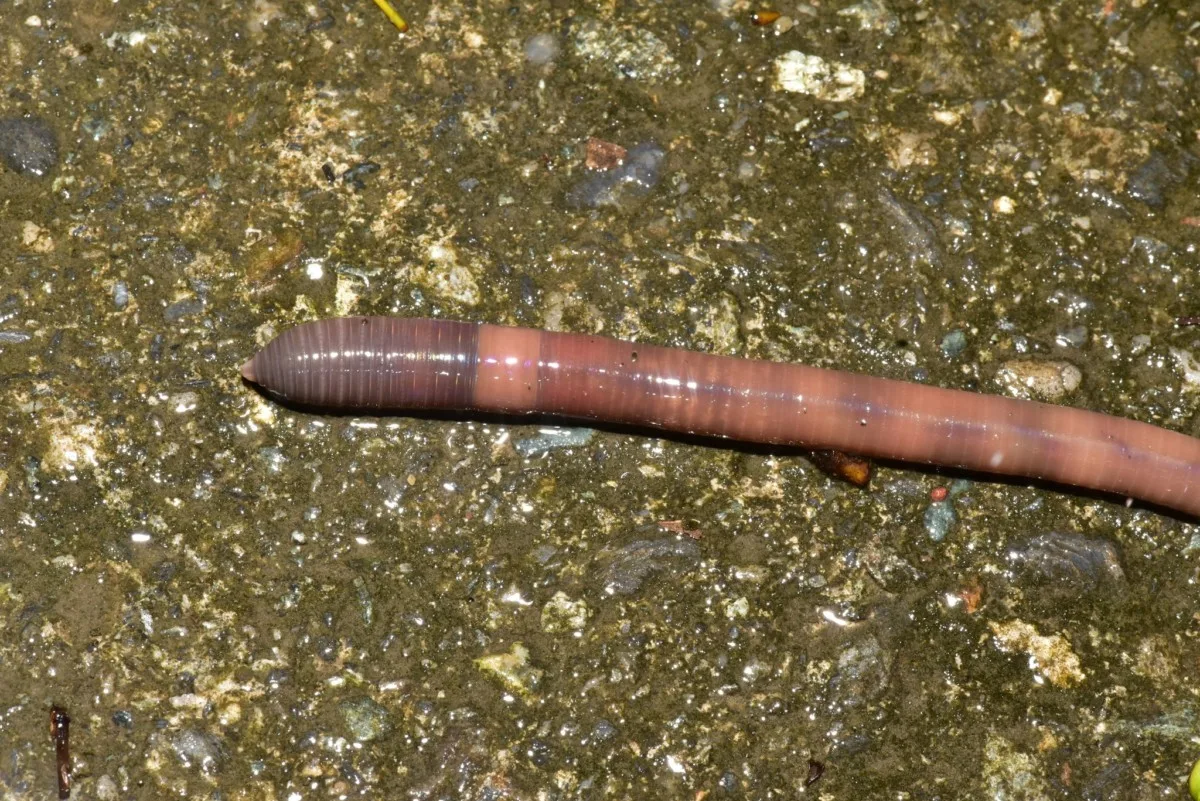
In jumping worms, the band fully encircles the body and is situated closer to the head. It will turn white, or a very light shade, once the worm reaches adulthood.
Why are Jumping Worms a Huge Problem?
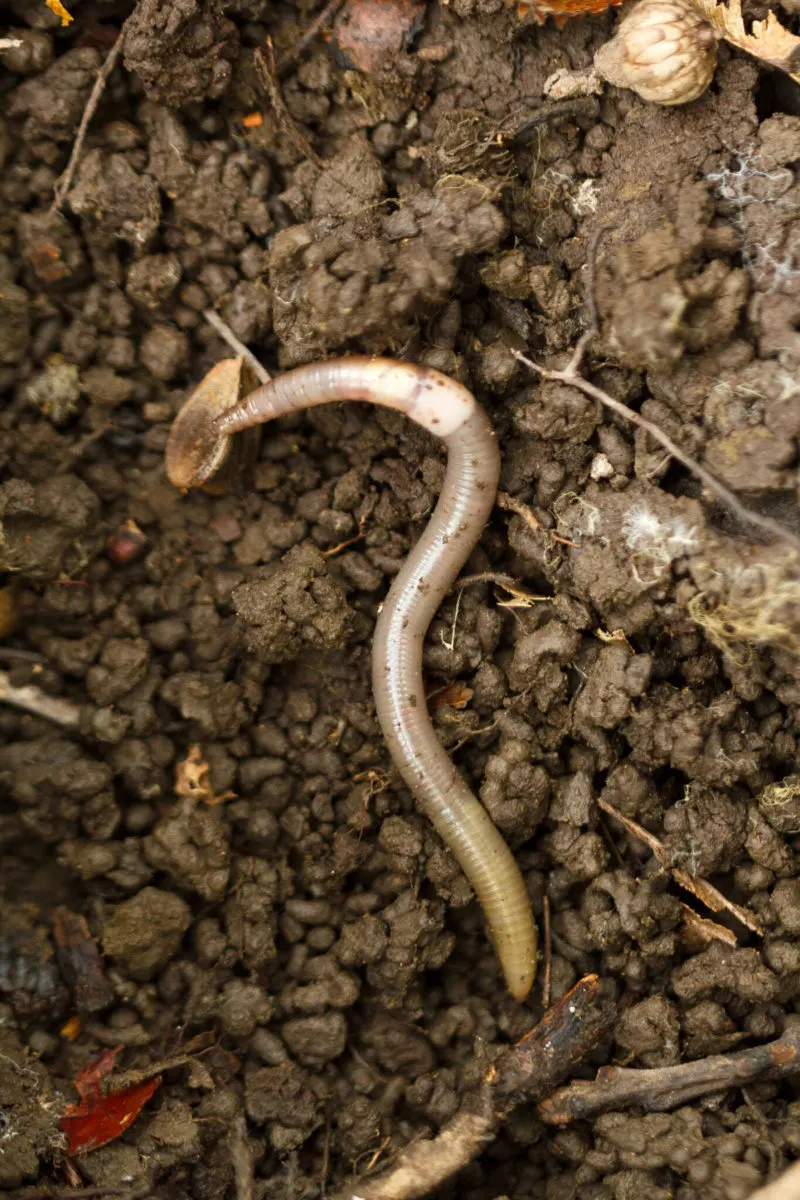
Jumping worms have been around North America for more than 100 years, but it’s only recently that they have begun to spread so far and wide. The reasons for the rapid rise of the jumping worm isn’t fully understood. It’s believed that warmer winters in the North – fueled by climate change – has made it easier for the worms to colonize new areas.
Once jumping worms come to inhabit home gardens, greenhouses, and compost heaps, they can increase their populations so quickly that they crowd out and displace beneficial worms.
Jumping worms don’t need a mate and reproduce asexually, each birthing two or more generations per season. Though the adults will die off after the first hard frost, the egg cocoons they leave behind will overwinter and hatch when soil temperatures rise to 50°F (10°C). It only takes about 60 days for baby jumping worms to reach maturity and start reproducing.
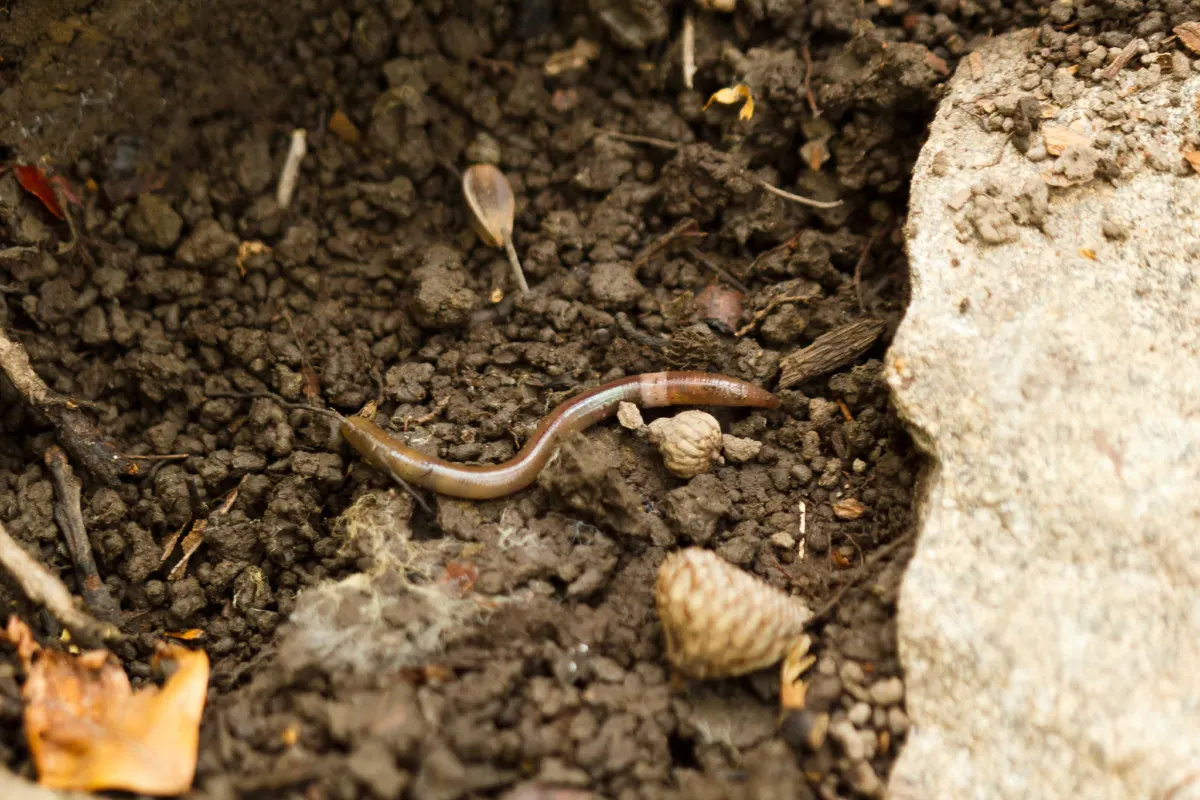
This is a serious problem since jumping worms – like all earthworms – are keystone species that have an enormous influence over the physical, chemical, and biological properties of soil.
Like little saboteurs, jumping worms will turn your rich and beautiful soil into dry and gravelly dirt stripped of its nutrients.
Their quick movements make it so jumping worms move faster and eat more than your typical garden earthworm. They devour large amounts of organic matter, leaving behind dark pellet-like castings that resemble ground beef or spent coffee grounds.
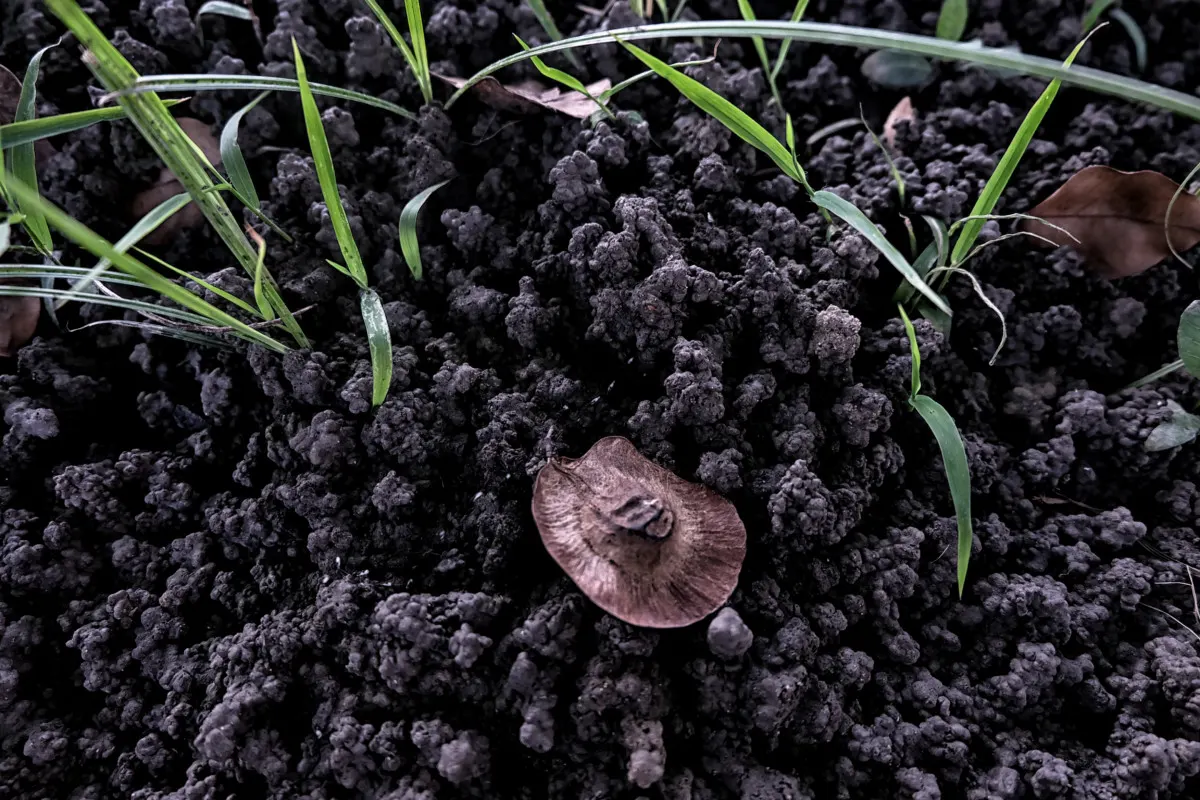
Jumping worms live in the upper layer of soil, no more than 4-inches below the surface. And so their poop, although nutrient-rich, sits on top of the soil, well out of reach of plant roots. As soon as it rains, the fertile castings are washed away.
Since they are active just below the soil line, jumping worms create very loose beds that make it tougher for plant roots to become established. Jumping worms have also been known to nibble on the roots of seedlings and young plants.
As more organic matter is removed (and not recycled), garden beds will become less favorable places for microbes, invertebrates, and insects to inhabit. Without these helpful allies, the soil will dry out and erode faster.
Although jumping worms don’t directly damage plants, they make it so annuals, perennials, and grasses will really struggle to survive, let alone flourish.
Checking for Jumping Worms – the Mustard Pour
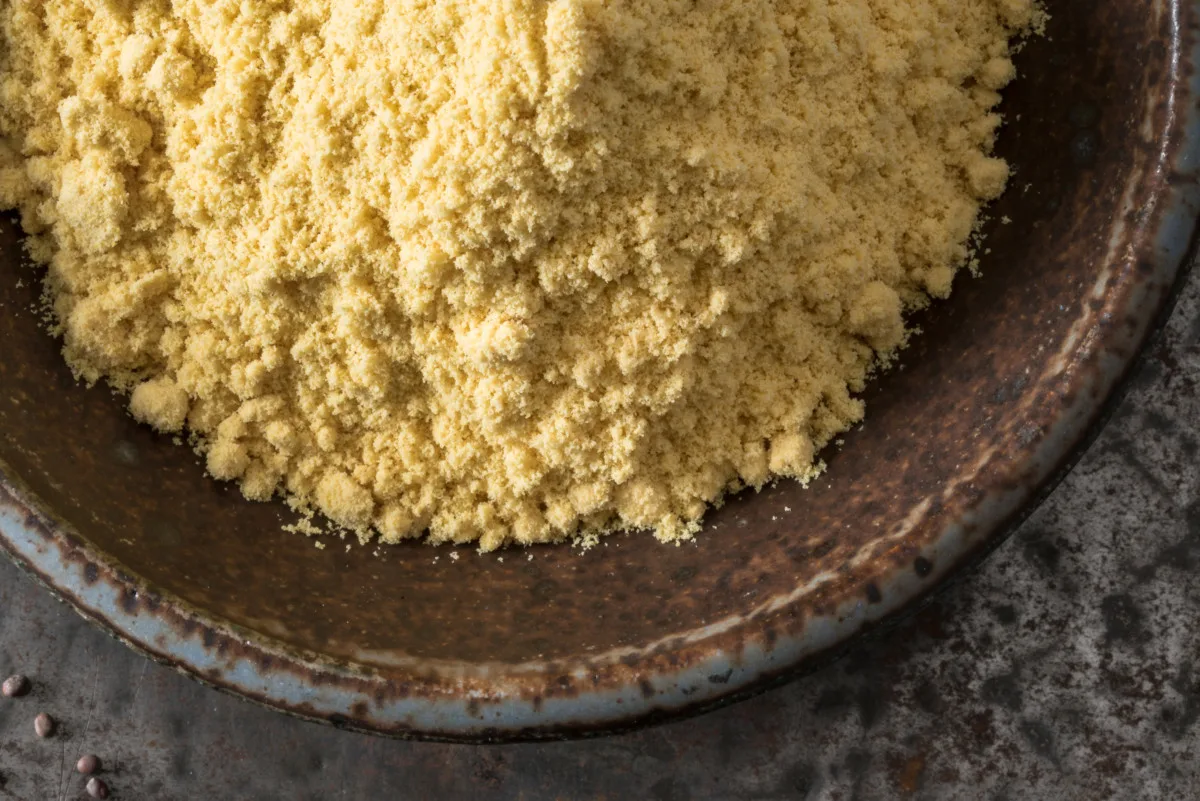
Don’t wait for a chance encounter to properly identify the worms in your garden. If you suspect you might have jumping worms, use the mustard pour test and get them to come to you.
Mark off a one foot square area you’d like to test. Blend together 1/3 of a cup of ground hot yellow mustard with 1 gallon of water. Pour half of this mixture very slowly over the area. Wait several minutes, and then pour out the rest.
All the worms in the vicinity will rise up to the surface, making it so much easier to observe and identify them. Although it’s highly irritating, mustard isn’t deadly to worms and it won’t harm your plants.
What to Do If You Have Jumping Worms
When one of your greatest joys is nurturing life in the garden, it can be devastating to discover that your landscape has been infiltrated with soil-destroying jumping worms.
You are not alone!
Jumping worms can take a heavy toll. Many gardeners afflicted by them have reported feelings of sadness, anger, and panic. In one survey, half of respondents said that they had dreamed about jumping worms and 1 in 5 reported crying about them. The University of Minnesota has even published emotional support guidance for those affected by jumping worms.
Part of the grief comes from the difficulty in removing them from the landscape.
Jumping worms are a relatively new invasive species. Although research on biological and chemical controls is ongoing, so far there’s no way to fully eradicate them once they are established in a location.
Yep, jumping worms are nightmare fuel for gardeners. Though they are challenging to contend with, to say the least, it’s not impossible to manage jumping worms so you can still grow your gorgeous plants.
Here are a few empowering steps you can take to reduce jumping worm numbers and minimize the damage they wreak:
Report it
First things first – keep a cool head. Digging and moving soil around will only make it easier for jumping worms to spread in other areas of your garden.
Determine where they are in your yard and write down the exact locations of your sightings. Take photos and notes of your observations. It can be helpful to keep an ongoing record of any changes you see.
Report your findings to EDDMapS and iNaturalist as well as local and state governments.
Spread awareness about jumping worms by talking to your neighbors, family, and friends so others will know to be on the lookout for these insidious soil dwellers.
Remove jumping worms by hand
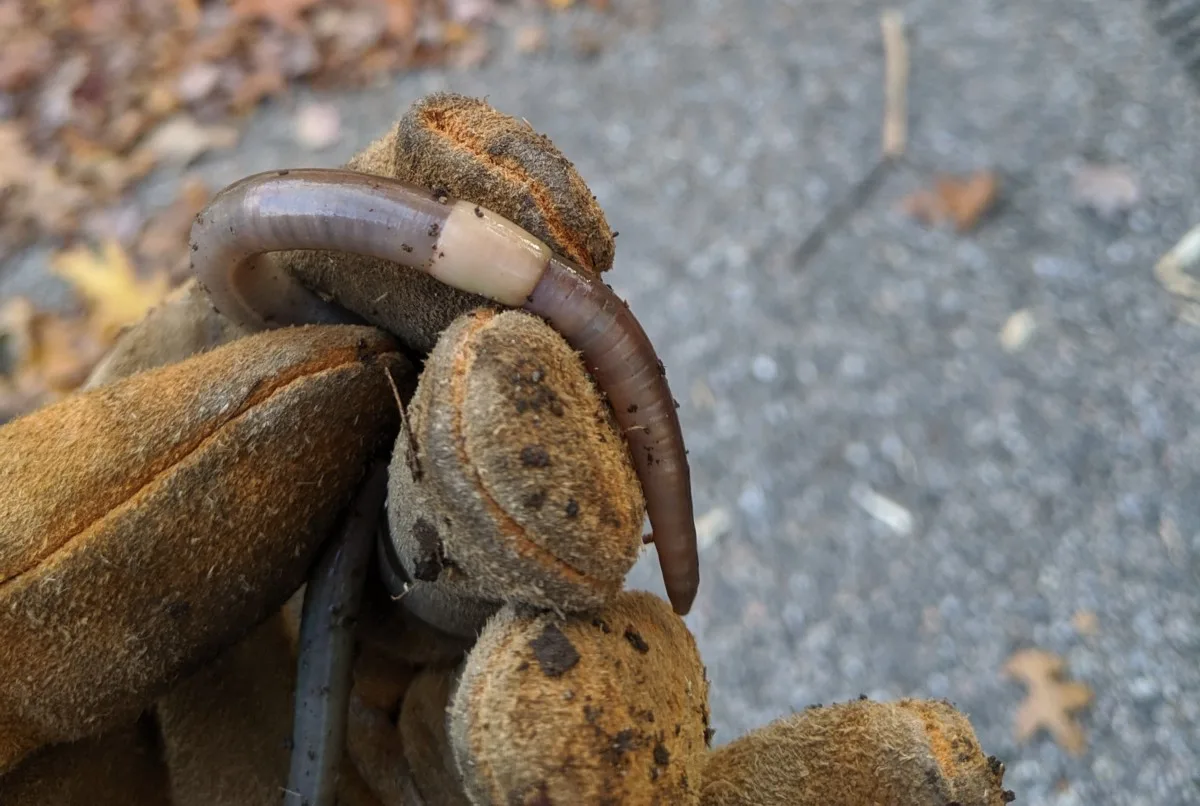
Admittedly, plucking out worms that move like crazy snakes when you touch them is about as unappealing as it sounds.
But unless you have a flock of chickens to unleash on them, manually removing jumping worms by hand is one of the more effective ways to reduce their populations. It eliminates adults and juveniles – as well as any eggs they would have produced – from the landscape.
You can make this job a little easier by baiting the jumping worms with the mustard pour.
Dump collected jumping worms into a bucket of soapy water, vinegar, or rubbing alcohol to kill them.
Solarize your soil
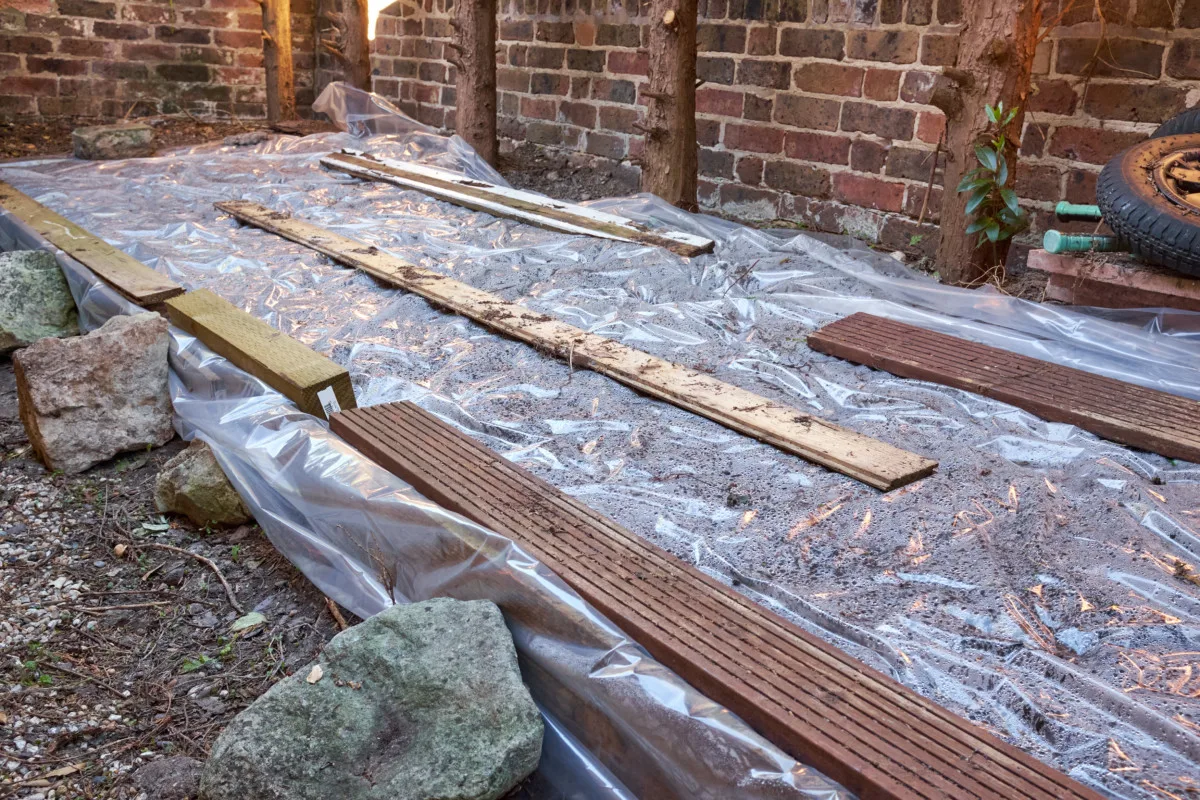
Although hand picking will curtail jumping worm numbers, it doesn’t deal with the tiny egg cocoons – each about the size of a poppy seed – that have already been deposited in the soil.
Research has shown that jumping worm adults and cocoons will not survive in temperatures over 104°F (40°C), maintained over 3 days.
Solarizing your soil, mulch, or compost can be an effective control for jumping worm eggs. Sun-powered heating works best when only a few inches of soil, evenly spread and moistened, is placed inside clear plastic bags or tubs.
For larger amounts of soil, you can make a solarization package. Lay out a large plastic sheet, 10 to 15 feet in length, in a sunny location. Add the worm-infested soil to the center of the sheet, in an even layer, 6 to 8 inches deep. Fold over the sides of the sheet so the soil is wrapped up tightly and is completely enclosed.
Check the temperature often to make sure the soil is getting hot enough and that it holds the heat for at least 3 days.
For soil solarization to work against jumping worms, it must be kept separate and contained. Laying a sheet over the ground soil doesn’t appear to be as effective. It might kill the eggs, but adult worms will simply move away from the heat.
Apply organic fertilizers
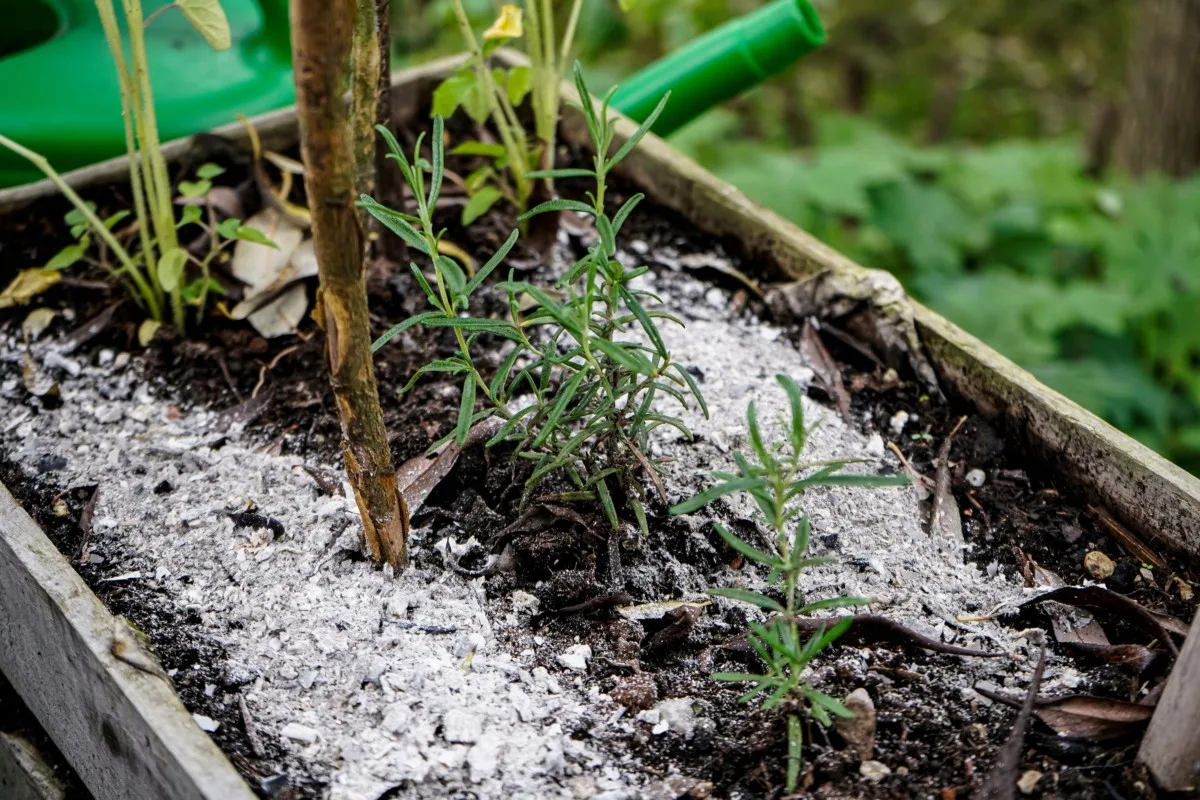
The newness of jumping worms – and the lack of scientifically-proven management options – means that it’s still very much the Wild West out there.
As we wait for research to roll in, citizen science projects have been invaluable for providing insight on what works (and what doesn’t) to reduce jumping worm populations.
In 2020 and 2021, volunteers in Minnesota tested out various anti-jumping worm strategies. They tested pine needle mulches (no change), cinnamon powder (no change), and even tried training wildlife to eat them (mixed results).
According to their findings, what worked best were these saponin-rich organic fertilizers:
Alfalfa pellets scattered over the soil in spring, summer, and fall had significant jumping worm reductions compared to the previous year.
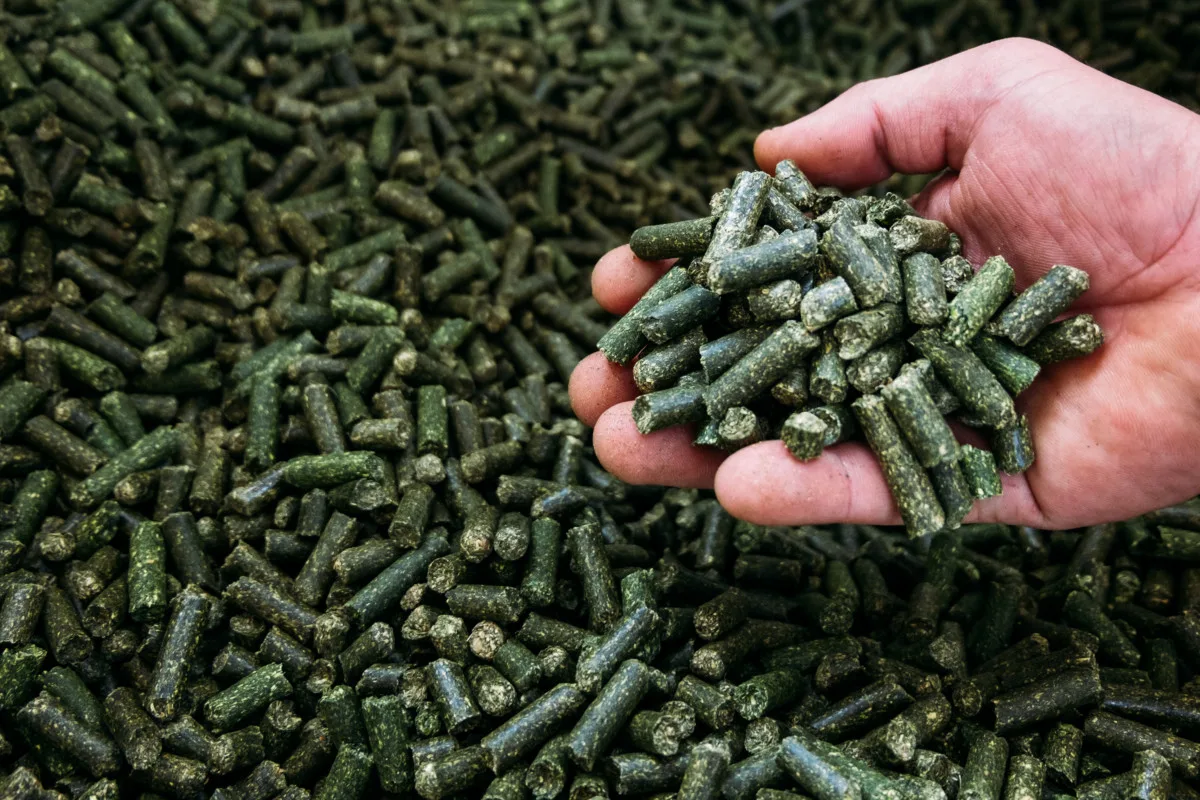
Black tea leaves from spent teabags were effective against worms when spread on soil in spring and throughout summer. One volunteer reported having no worms at all by August after diligently applying spent tea leaves over the course of the growing season.
Tea seed meal applied in late spring and again in summer offers another potential jumping worm management strategy. The tea seed draws them up to the surface where they were observed to dry up and die by the thousands.
Saponins very well might be the key for fighting jumping worms. Try conducting your own field experiments by growing some of these saponin-rich plants.
Tips for Preventing a Jumping Worms Invasion
You can breathe a mighty sigh of relief if you haven’t seen these erratic creepy crawlies or spotted their telltale castings on top of your soil. Preventing them from infesting your landscape is so much easier to do than dealing with them once they’re already there.
Jumping worms frequently spread to new areas through soil, mulch, compost, and potted plants contaminated with the worms or their egg cocoons. Jumping worm eggs can hitch a ride on the soles of shoes, in tire treads, and on dirty tools and equipment.
Your safest bet for preventing jumping worms is to avoid introducing materials from outside sources to your yard. That means making your own compost, garden mulch, and potting soils. If you must buy, only purchase from sources you trust. Even so, you still might want to solarize any soil or mulch before spreading it around.
Make sure landscaping contractors that come to your property are keeping their tools and machinery clean and free of soil and plant debris.
When purchasing or swapping plants, remove the potting soil and plant them up bare root.
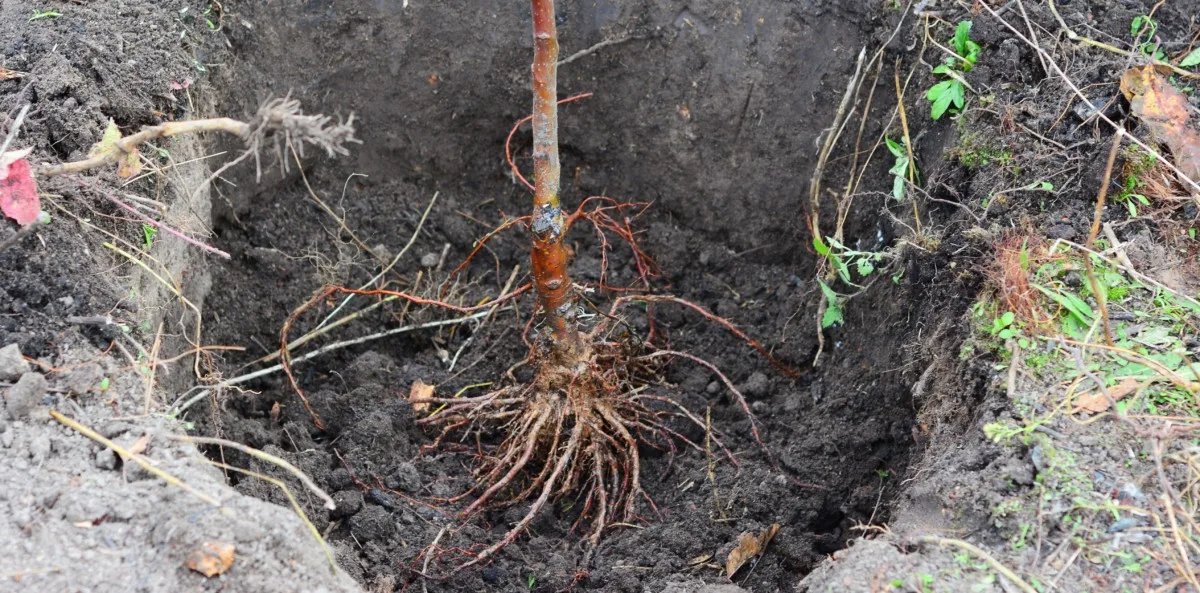
Now that you know what you’re looking for, inspect your garden for jumping worms regularly. Leaf litter, compost heaps, and wood chip mulch are some of their favorite hangouts.
When you do yard work, wear only one pair of shoes that never leave your property.
Stopping the Spread of Worms in Our Forests
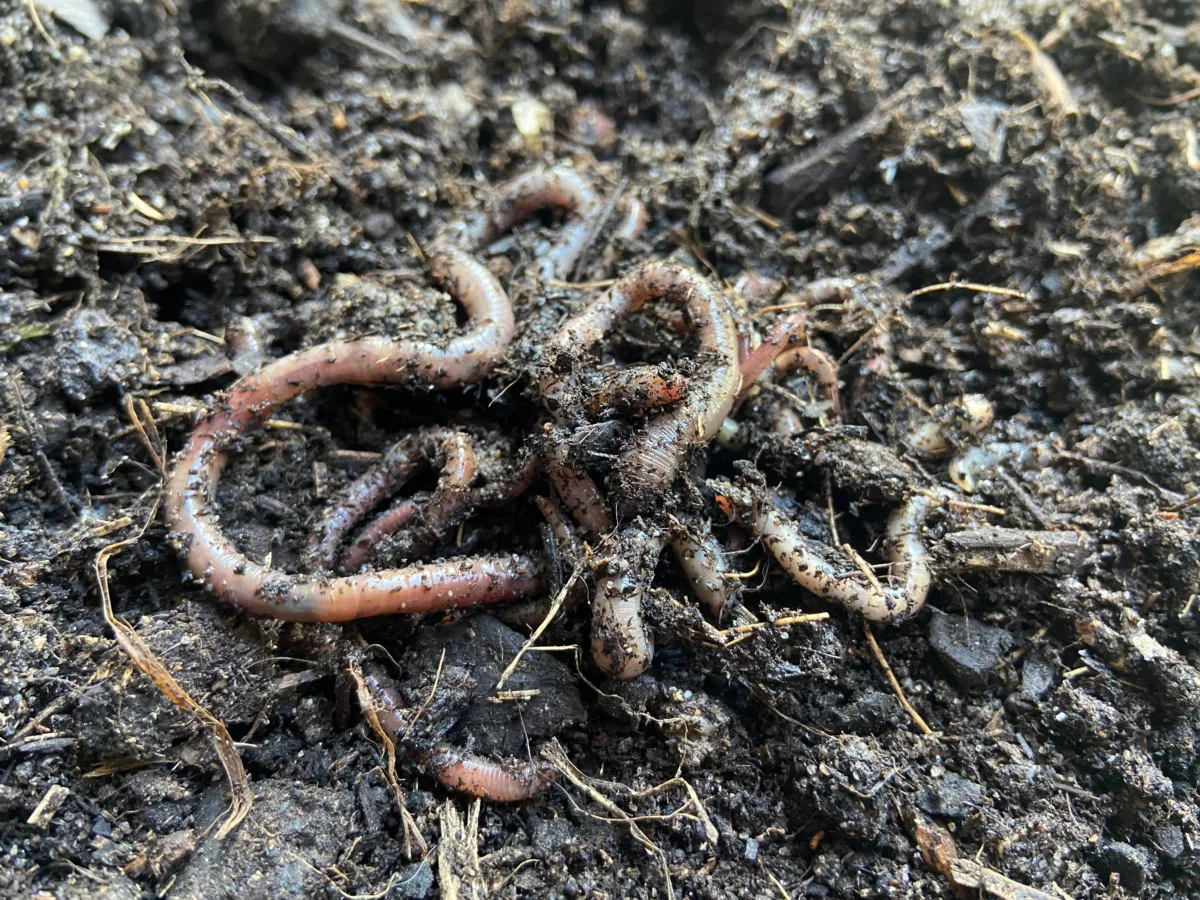
It might come as a shock that the good worms in our gardens – including our dear nightcrawlers and red wigglers – aren’t native species either, and are technically invasive too.
There are parts of North America – the Northeast US, the upper Midwest, and pretty much all of Canada – where there are no native earthworms at all.
Any worms that existed in these regions were killed off during the last ice age, some 12,000 years ago. When the ice sheets receded, the flora and fauna returned – but not the earthworm.
Without earthworms to recycle dropped leaves and tunnel through the soil, foliage accumulated in a dense and thick layer along the forest floor. And for thousands of years, life in broadleaf forests adapted to a world absent of worms. The forest detritus – or duff – became important for the survival of many creatures.
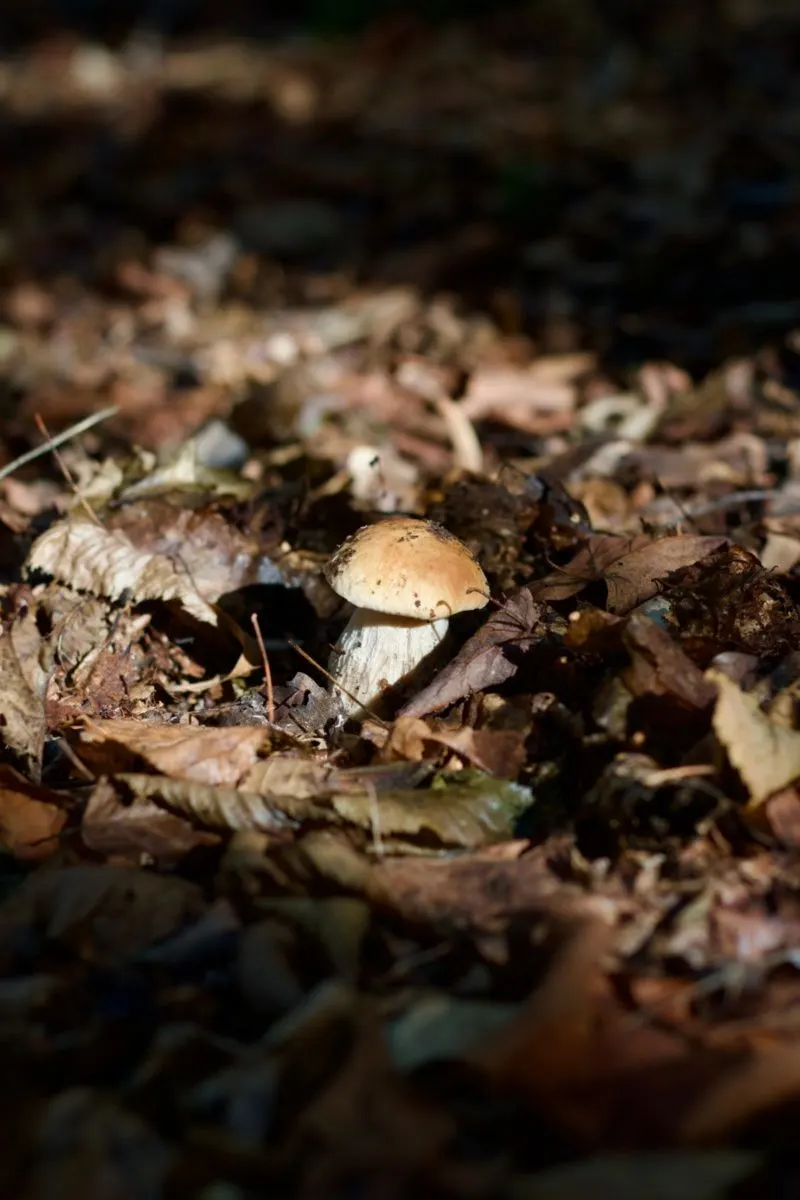
The reintroduction of earthworms has had a huge impact on temperate forests. Worms are capable of completely denuding the forest duff and dramatically altering the ecosystem of wooded areas. Studies have shown population declines in native plants, insects, salamanders, and ground-nesting birds because of earthworms, which has cascading effects on fragile and complex food webs.
Although nightcrawlers and red wigglers are still very much helpful and beneficial in our cultivated gardens, they are terrible in forest habitats. And jumping worms are even worse.
So here’s what you can do to stymie the spread of all earthworms in our forests:
- Never dump unused fishing worm bait in natural areas.
- Before heading into the woods on a hike, wash your shoes; wash them again when you return home.
- Stay on hiking trails and always keep pets on a leash.
- Never dump garden waste, leaves, or soil in the wilderness.

Get the famous Rural Sprout newsletter delivered to your inbox.
Including Sunday musings from our editor, Tracey, as well as “What’s Up Wednesday” our roundup of what’s in season and new article updates and alerts.

